If you live in California and dream of harvesting delicious, sweet figs right from your backyard, the Desert King fig is an excellent choice. Known for its large size, honey-sweet flavor, and adaptability to warm climates, this fig variety thrives particularly well in California’s Mediterranean environment.
Growing Desert King figs can be a rewarding experience that provides fresh fruit, shade, and a beautiful addition to your garden or landscape. This comprehensive guide will walk you through everything you need to know—from planting to harvesting—to ensure your fig tree flourishes.
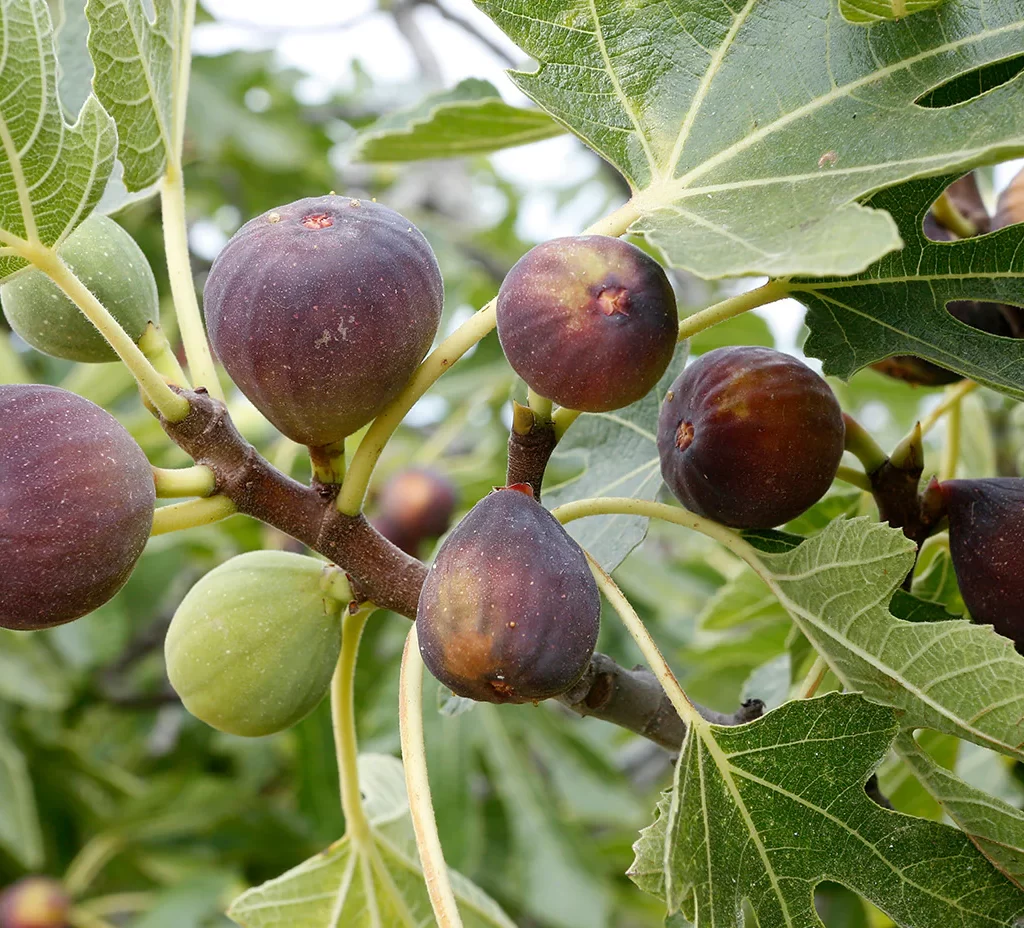
What is a Desert King Fig?
The Desert King fig (Ficus carica ‘Desert King’) is a popular fig cultivar prized for:
- Large, green-skinned fruit that ripens to amber with sweet, juicy flesh.
- Exceptional heat tolerance and ability to thrive in hot, dry climates.
- Resilience to drought once established.
- Two harvest seasons: Early summer and late summer/fall, producing a generous yield.
It’s one of the best fig varieties for California gardeners due to its adaptability and delicious fruit, often described as “honey-like” and mild, making it perfect for fresh eating, baking, or preserving.
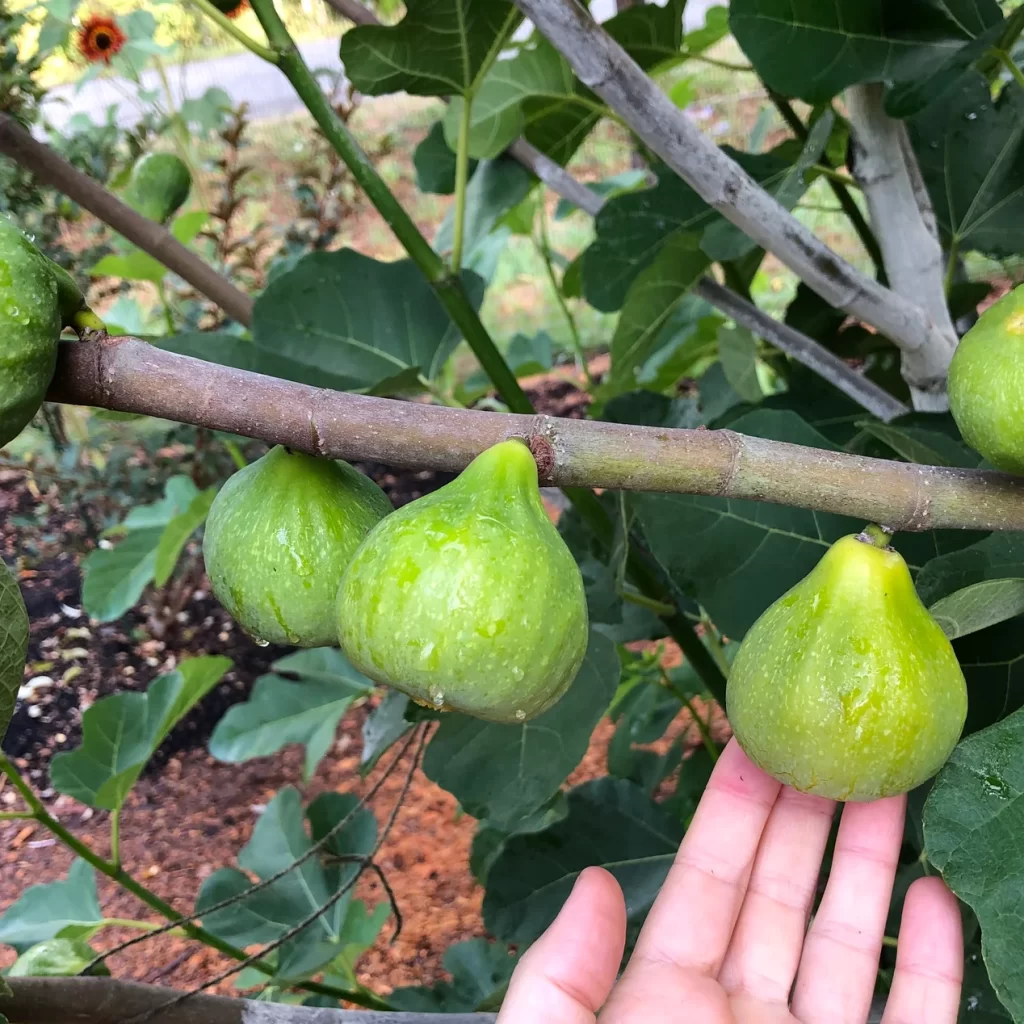
Why Grow Desert King Figs in California?
California’s climate—with its warm, dry summers and mild winters—creates an ideal environment for Desert King figs. Here’s why this fig variety works so well in the Golden State:
- Heat and drought tolerant: Thrives with less water once mature, reducing garden maintenance.
- Long growing season: Produces two crops in warmer regions of California.
- Low chill requirement: Suits mild winters common in coastal and inland valleys.
- Versatile: Can be grown in-ground or in containers.
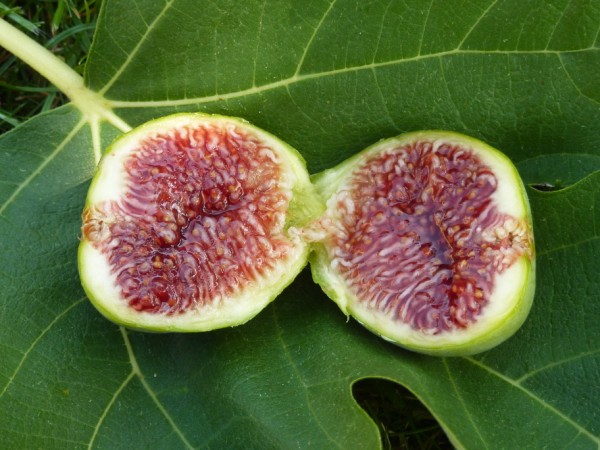
Selecting the Perfect Location for Your Desert King Fig
Location is key to a healthy and productive fig tree. When choosing where to plant:
- Sunlight: Select a spot with full sun exposure, ideally 6-8 hours of direct sunlight daily.
- Soil: Figs prefer well-draining soil with a neutral to slightly acidic pH (6.0-7.0).
- Protection: Choose a sheltered location protected from strong winds to avoid branch damage.
- Space: Allow plenty of room for growth; mature trees can spread 10-15 feet wide.
If you live in cooler microclimates or areas with frost risk, consider planting near a south-facing wall or using frost protection methods.
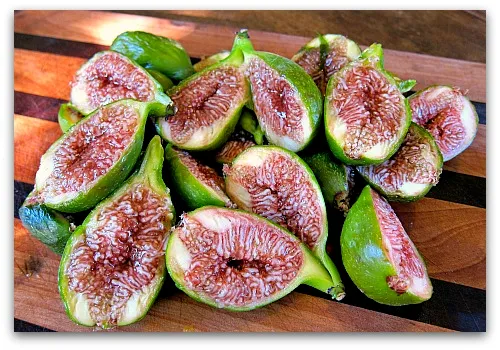
How to Plant Desert King Fig Trees in California
Step 1: Prepare the Soil
- Loosen the soil in a wide area around the planting spot.
- Amend with compost or organic matter to improve fertility and drainage.
- Avoid heavy clay soils that retain water; if necessary, plant in raised beds or mounds.
Step 2: Planting
- Dig a hole twice as wide and as deep as the root ball.
- Place the tree at soil level; avoid burying the trunk too deep.
- Backfill with soil and press gently to remove air pockets.
- Water thoroughly after planting to settle the soil.
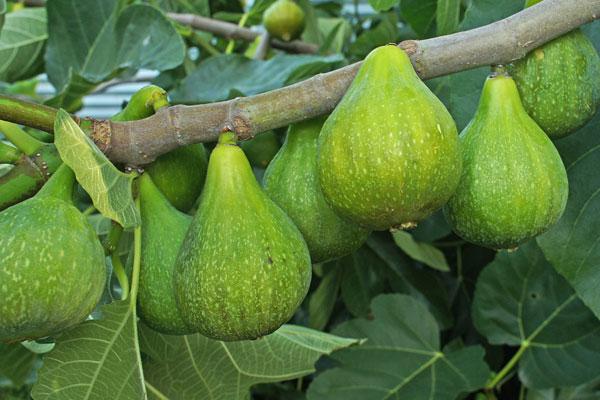
Caring for Your Desert King Fig Tree
Watering
- Water young trees deeply and regularly during the first year to establish roots.
- Once established, Desert King figs are drought tolerant but produce better fruit with consistent watering.
- Avoid overwatering, which can lead to root rot.
Fertilizing
- Apply a balanced fertilizer (e.g., 10-10-10) in early spring and again mid-season.
- Alternatively, use organic compost or aged manure.
- Avoid excess nitrogen, which promotes leaf growth over fruit.
Pruning
- Prune in late winter or early spring before new growth begins.
- Remove dead, diseased, or crossing branches.
- Shape the tree to maintain an open center for airflow and sunlight penetration.
- Summer pruning can control size and encourage fruit production.
Managing Pests and Diseases
Though relatively pest-resistant, Desert King figs can face:
- Fig beetles: Can be controlled by handpicking or traps.
- Birds: Protect fruit with netting or scare devices.
- Scale insects and aphids: Treat with insecticidal soap or neem oil.
- Root rot: Avoid waterlogged soil and ensure good drainage.
Harvesting Desert King Figs in California
- Figs do not continue ripening once picked, so harvest when fully ripe.
- Ripe figs will be soft to the touch and slightly droop from the branch.
- Harvest carefully to avoid damaging the delicate fruit.
- Desert King figs typically produce two crops:
- Early crop (breba): Grows on last year’s wood, ripening in early summer.
- Main crop: Ripens in late summer or fall on new wood.
Growing Desert King Figs in Containers
For limited space or colder microclimates, container growing is a great option.
- Choose a large container (at least 15-20 gallons) with drainage holes.
- Use a high-quality potting mix with good drainage.
- Water regularly and fertilize monthly during the growing season.
- Protect from freezing temperatures in winter by moving indoors or using frost cloth.
Winter Care and Frost Protection in California
Though hardy, Desert King figs benefit from frost protection in areas with occasional freezes:
- Mulch around the base with straw or leaves to insulate roots.
- Wrap young trees with frost cloth or burlap on cold nights.
- For container plants, bring indoors or into a greenhouse during winter.
Propagation of Desert King Figs
You can propagate Desert King figs via:
- Cuttings: Hardwood cuttings taken in winter root easily when planted in moist soil.
- Layering: Bend low branches to the ground, cover with soil, and wait for roots to develop.
Propagation is an economical way to multiply your fig trees and share with friends.
Benefits of Growing Desert King Figs in California
- Homegrown flavor: Fresh, sweet figs without pesticides.
- Versatility: Eat fresh, dry, bake, or preserve.
- Low maintenance: Once established, they require minimal care.
- Sustainability: Drought-tolerant, water-wise choice for California gardens.
- Wildlife-friendly: Provides food and habitat for pollinators and birds.
Troubleshooting Common Problems
| Issue | Cause | Solution |
|---|---|---|
| Leaf drop | Overwatering or cold stress | Adjust watering; protect from frost |
| Poor fruit set | Lack of pollination or nutrients | Encourage pollinators; fertilize properly |
| Yellow leaves | Nutrient deficiency or overwatering | Test soil; fertilize; improve drainage |
| Squirrel or bird damage | Fruit predation | Use netting or repellents |
Final Tips for Success
- Start with a healthy nursery plant or well-rooted cutting.
- Water consistently during the growing season but avoid soggy soil.
- Mulch regularly to conserve moisture and suppress weeds.
- Monitor for pests and diseases early to prevent spread.
- Harvest ripe figs promptly for the best flavor.
Conclusion
Growing Desert King figs in California is a highly satisfying gardening project that yields delicious, nutritious fruit while adding beauty and shade to your outdoor space. Thanks to their heat tolerance and adaptability, these figs thrive with relatively low maintenance in California’s climate.
By selecting the right site, providing proper care, and protecting your tree from pests and frost, you can enjoy bountiful fig harvests for years to come. Whether you’re a seasoned gardener or a beginner, Desert King figs offer a wonderful way to grow your own sweet tropical-style fruit right at home.
Ready to start your fig-growing adventure? Plant a Desert King fig today and savor the sweet rewards of homegrown goodness!

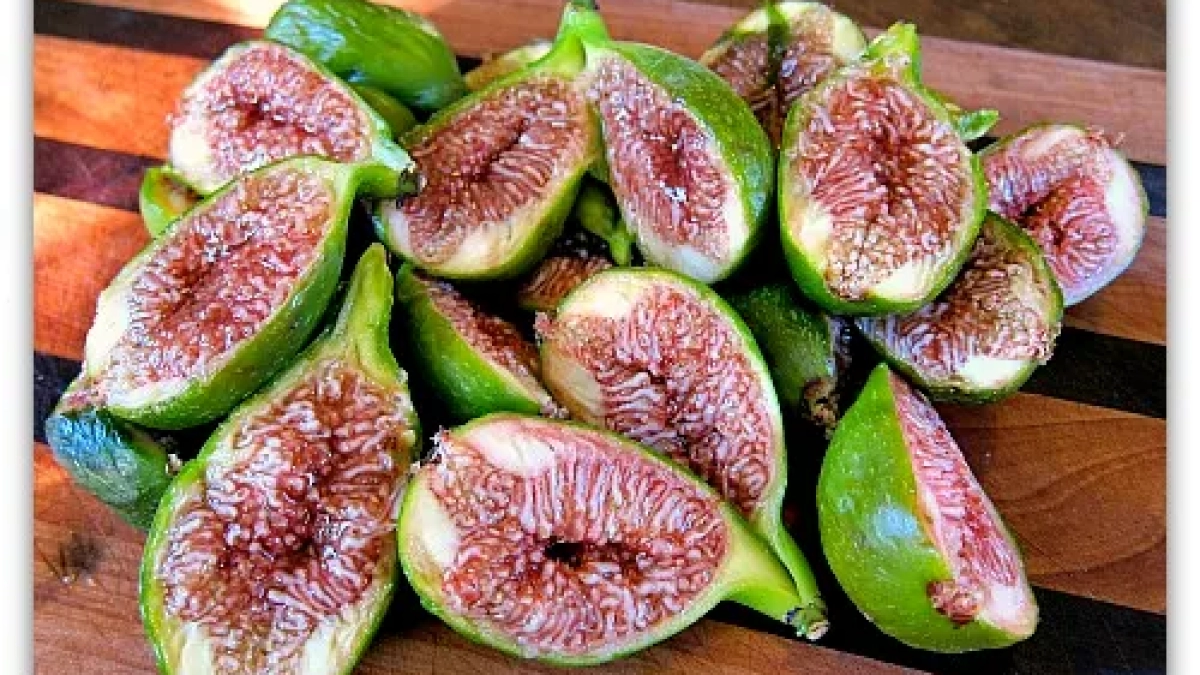




Leave A Comment